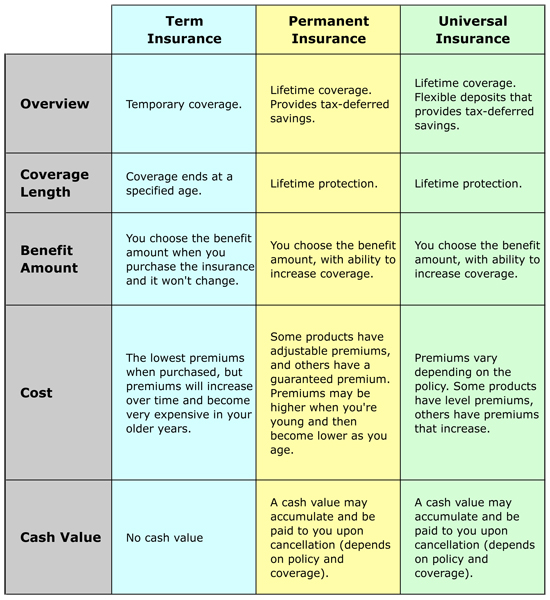
Budget 2015 Highlights
On April 21, 2015, Finance Minister Joe Oliver tabled his first federal budget. The provisions of the budget will be of particular interest to owners of small and medium sized businesses, seniors and families with children. As well, those looking to make certain charitable donations will be encouraged by Oliver’s budget.
Below is a brief commentary on each of the key budget proposals.
For Seniors and Savers
Increase in Tax Free Savings Account (TFSA) Limit
Effective immediately, you can deposit more into your TFSA as shown below:
| Prior to Budget 2015 |
Budget Changes | |
| Maximum contribution | $5,500 | $10,000 |
| Future limits indexed | Yes | No |
Reduction in RRIF Minimum Withdrawals
Under the new guidelines proposed by the April Budget, individuals turning age 71 will see the required minimum withdrawals lowered according to the following table:
| Age | Existing | New |
| Factor (%) | Factor (%) | |
| 71 | 7.38 | 5.28 |
| 72 | 7.48 | 5.40 |
| 73 | 7.59 | 5.53 |
| 74 | 7.71 | 5.67 |
| 75 | 7.85 | 5.82 |
| 76 | 7.99 | 5.98 |
| 77 | 8.15 | 6.17 |
| 78 | 8.33 | 6.36 |
| 79 | 8.53 | 6.58 |
| 80 | 8.75 | 6.82 |
| 81 | 8.99 | 7.08 |
| 82 | 9.27 | 7.38 |
| 83 | 9.58 | 7.71 |
| 84 | 9.93 | 8.08 |
| 85 | 10.33 | 8.51 |
| 86 | 10.79 | 8.99 |
| 87 | 11.33 | 9.55 |
| 88 | 11.96 | 10.21 |
| 89 | 12.71 | 10.99 |
| 90 | 13.62 | 11.92 |
| 91 | 14.73 | 13.06 |
| 92 | 16.12 | 14.49 |
| 93 | 17.92 | 16.34 |
| 94 | 20.00 | 18.79 |
| 95 & over | 20.00 | 20.00 |
As a result of these changes, individuals taking the minimum required withdrawal at 71 and beyond will see greater capital preservation in their RRIF. This is illustrated in the following table:
Capital Preserved Under New RRIF Factors
Age 71 Capital Preserved ($)
| Age | Existing RRIF Factors | New RRIF Factors | Difference
% more remaining |
| 71 | $100,000 | $100,000 | |
| 80 | 64,000 | 77,000 | 20 |
| 85 | 47,000 | 62,000 | 32 |
| 90 | 30,000 | 44,000 | 47 |
| 95 | 15,000 | 24,000 | 60 |
| 100 | 6,000 | 24,000 | 67 |
Notes:
- For an individual 71 years of age at the start of 2015 with $100,000 in RRIF capital making the required minimum RRIF withdrawal each year.
- Age 71 capital preserved at older ages is expressed in terms of the real (or constant) dollar value of the capital (i.e. the value of the capital adjusted for inflation after age 71). The calculations assume a 5% nominal rate of return on RRIF assets and 2% inflation.
Source – Conference of Advanced Life Underwriters (CALU) Special Report, April 2015.
Home Accessibility Tax Credit
- Once implemented, will provide up to $1,500 in tax relief for qualifying individuals (mainly seniors and disabled persons) making accessibility and safety related home improvements to their principal residence.
For Business Owners
Small Business Tax Rate
Proposed changes to the Small Business Tax Rate for Canadian Controlled Private Corporations will reduce the income tax rate for the first $500,000 of qualifying active business income as follows:
| Effective | Tax Rate |
| Pre-Budget | 11.0% |
| As of January 1, 2016 | 10.5% |
| As of January1, 2017 | 10.0% |
| As of January 1, 2018 | 9.5% |
| As of January 1, 2019 | 9.0 % |
Dividend Tax Credit for Non-eligible Dividends
Under Budget 2015, proposals call for a change in the gross up and dividend tax credit rate in conjunction with the proposed reduction in the small business rate as follows;
| Effective | Gross up Factor for Non-eligible dividends | Effective rate of Dividend Tax Credit |
| Pre-Budget | 18% | 11.017% |
| January 1, 2016 | 17% | 10.50% |
| January 1, 2017 | 17% | 10.00% |
| January 1, 2018 | 16% | 9.5% |
| January 1, 2019 | 15% | 9.00% |
Increase in Lifetime Capital Gains Exemption for Qualified Farming or Fishing Property
- The Budget proposes that on or after April 21, 2015, the LCGE for capital gains realized on qualified farm or fish property is increased to $1,000,000 (currently $813,000).
For Families
Included in the Budget but previously announced:
- The Family Tax Cut will allow couples with children under the age of 18 to split their incomes for a tax credit of up to $2,000;
- The Universal Child Care Benefit proposal increases the benefit to $160 per month (currently $100 per month) for children under the age of six and provides a new benefit of $60 per month for children ages 6 to 17:
- The children’s fitness tax credit has been doubled from $500 to $1,000.
Other Proposed Measures
Donations involving Private Shares or Real Estate
In the past, CRA has had concerns with donations involving private company shares and property being valued appropriately.
- Budget 2015 proposes to exempt individual and corporate donors from tax on the sale of private shares or real estate to an arm’s length party, provided the cash proceeds are donated to a registered charity within 30 days.
- If implemented, this will take effect in 2016.
Simplification of Form T1135 Reporting
This form which deals with the reporting of foreign property has proven to be extremely onerous for the individuals, corporations and trusts who are obligated to file it.
- For taxation years that begin after 2014 the form will be significantly simplified.
Registered Disability Savings Plan
In 2012, the government had announced that for those individuals who did not have the capacity to enter into such arrangements, a qualifying family member could temporarily become a planholder.
- Budget 2015 extends the temporary period from December 31, 2016 until December 31, 2018.
New Anti-Avoidance Rules – Tax Avoidance of Corporate Capital Gains
- Budget 2015 contains proposed amendments to Section 55 of the Act, which exists to prevent conversion of corporate capital gains to tax-free intercorporate dividends.
- These new amendments will be applicable to dividends paid after April 20, 2015.
Budget 2015 is a document consisting of over 500 pages, so there are many more elements than what is discussed here. The budget proposals included here are the main ones that may have the most impact on your planning.
If you require assistance in determining if your personal or corporate planning will be affected, please call me and I will be happy to assist.
Also, please feel free to use the sharing buttons to forward this article to anyone you feel would benefit.
Sources cited in this article:
- CPA Canada Federal Budget Commentary – 2015
- CALU Special Report – April 2015
- Canada Revenue Agency – Website News








